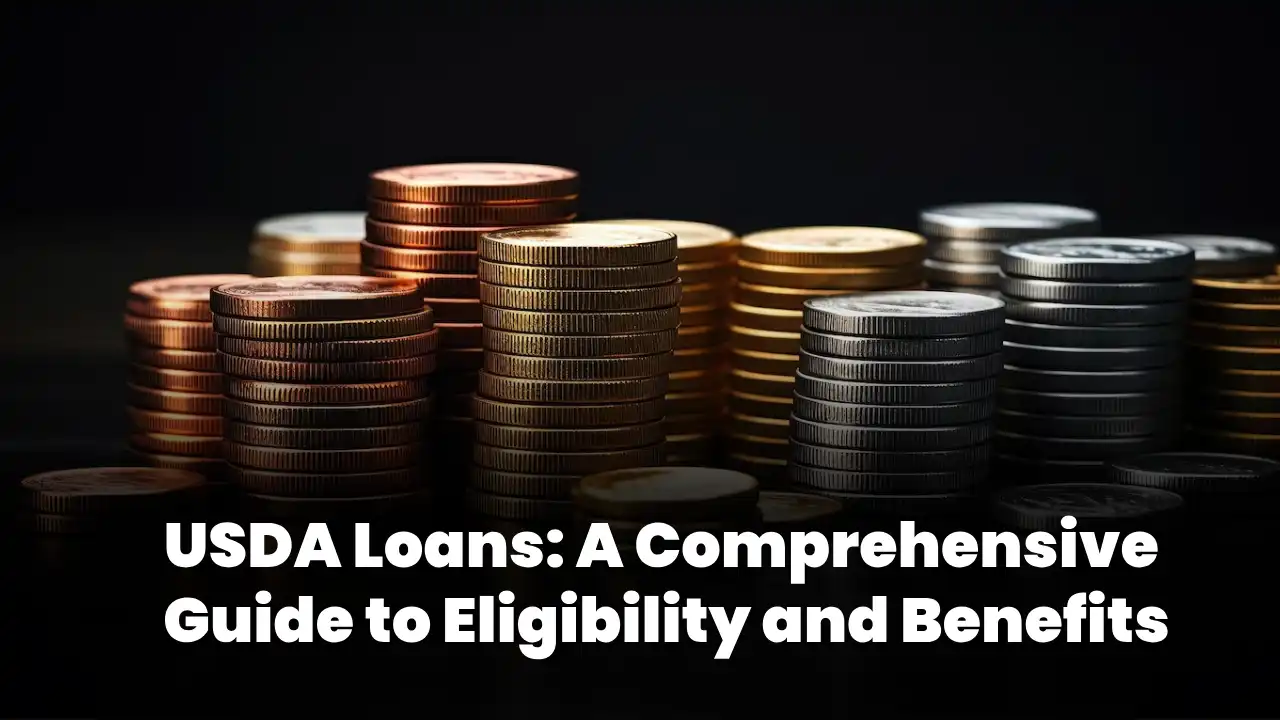Introduction
USDA loans, backed by the United States Department of Agriculture (USDA), are a lesser-known but highly advantageous financing option for homebuyers in rural and suburban areas. These loans are designed to promote homeownership in regions that might not qualify for traditional mortgage programs. In this article, we will delve into the details of USDA loans, their benefits, and the eligibility requirements for potential applicants.
Understanding USDA Loans
USDA loans, officially known as USDA Rural Development Guaranteed Housing Loans, are a type of mortgage offered to eligible individuals or families who want to purchase homes in designated rural and suburban areas. These loans aim to provide affordable housing opportunities and stimulate economic growth in underserved communities.
Types of USDA Loans
There are two main types of USDA loans
USDA Direct Loans: These loans are directly issued by the USDA and are intended for low and very-low-income households. They offer subsidized interest rates and may even include payment assistance to help borrowers with limited financial resources.
USDA Guaranteed Loans: Guaranteed loans are provided by approved private lenders such as banks and credit unions, but they are backed by the USDA. These loans are available to moderate-income individuals or families and offer competitive interest rates with no down payment required.
Eligibility Requirements
To qualify for a USDA loan, applicants must meet certain criteria
Location Eligibility: The property you intend to purchase must be located in a USDA-designated rural or suburban area. The USDA provides an online map tool to help you determine if a specific address is eligible.
Income Limits: Your household income should fall within the USDA-defined limits for the area you’re considering. These limits vary based on family size and the local cost of living.
You can read: https://eligibility.sc.egov.usda.gov/
Citizenship and Legal Residency: You must be a U.S. citizen, a U.S. non-citizen national, or a qualified alien to be eligible for a USDA loan.
Credit History: While there is no minimum credit score requirement for USDA loans, lenders typically look for a reasonably good credit history. A credit score above 640 is often preferred.
Debt-to-Income Ratio: Your debt-to-income (DTI) ratio, which compares your monthly debt payments to your gross monthly income, should generally be below 41%. Some flexibility might be allowed based on compensating factors.
Stable Income and Employment: Lenders want to ensure that you have a stable source of income and consistent employment. Generally, a history of two years of stable income is preferred.
Benefits of USDA Loans
USDA loans offer numerous advantages, including
No Down Payment: One of the most appealing features of USDA loans is the absence of a down payment requirement, making homeownership more accessible.
Competitive Interest Rates: USDA loans often have competitive interest rates, making them a cost-effective option for borrowers.
Flexible Credit Requirements: While a good credit history is important, USDA loans are more lenient with credit scores compared to conventional loans.
Low Mortgage Insurance: USDA loans have lower mortgage insurance premiums compared to many other loan programs.
Financing for Home Repairs: Some USDA loans can include financing for necessary home repairs or improvements.
How do USDA loans compare to conventional loans?
USDA Loans vs. Conventional Loans: A Quick Comparison
USDA Loans:
- Designed for rural and suburban areas.
- No down payment required.
- Competitive interest rates.
- Flexible credit requirements.
- Income limits apply.
- Lower upfront and ongoing mortgage insurance.
- Option for home repair financing.
- Supports affordable housing in underserved communities.
Conventional Loans:
- Wider availability, including urban areas.
- Down payment typically required (often 20%).
- Interest rates vary based on credit.
- Stricter credit score requirements.
- No income limits set by the loan program.
- Higher upfront and ongoing private mortgage insurance.
- Fewer options for including home repair costs.
- Commonly used for various property types.
In summary, USDA loans target specific rural and suburban areas with unique benefits like no down payment and lower mortgage insurance. Conventional loans have broader availability but often require higher down payments and have stricter credit criteria. Your choice may depend on your location, finances, and homeownership goals.
FAQ’s
What are the qualifications for a USDA loan Texas?
To qualify for a USDA loan in Texas, you need to meet income limits, have a credit score around 640 or better, and the property must be in a USDA-designated rural area. Citizenship or legal residency is required.
What are the rules for USDA DTI?
The USDA generally requires a debt-to-income (DTI) ratio of 41% or lower for guaranteed loans. However, exceptions might be considered with compensating factors like strong credit or significant cash reserves.
Conclusion
USDA loans can be a game-changer for individuals and families seeking homeownership in rural and suburban areas. With their flexible eligibility requirements, affordable terms, and unique benefits, these loans provide an excellent opportunity to achieve the dream of owning a home while contributing to the growth of underserved communities. If you’re considering purchasing a home in an eligible area, exploring the option of a USDA loan could be a wise financial move.







